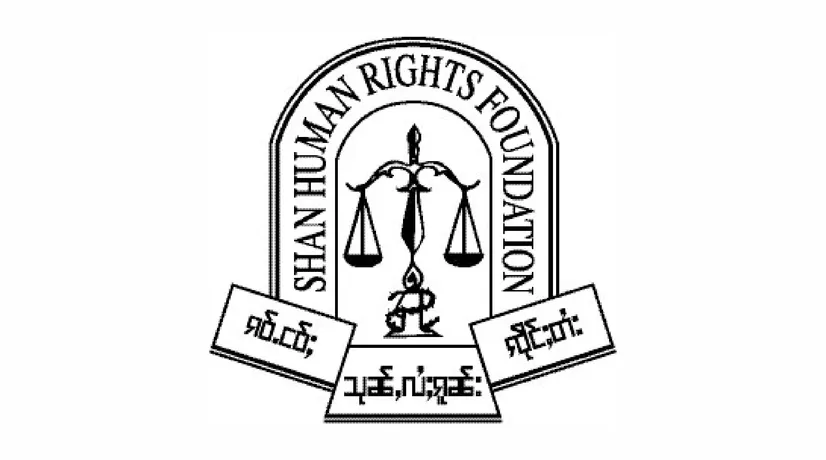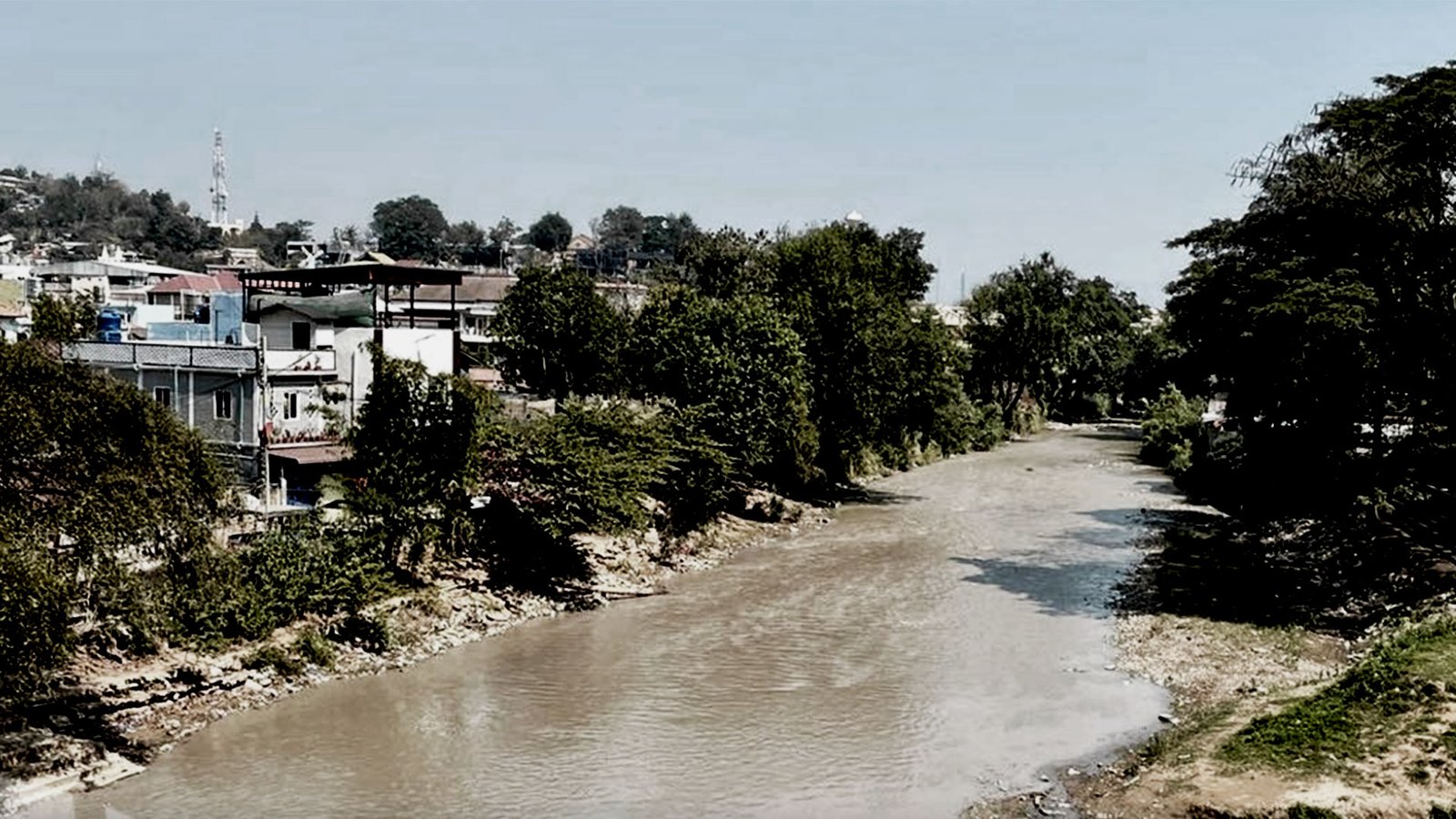Maesai River Pollution Likely Caused by Expanded Gold Mining in Eastern Mong Hsat
08 March 2024

March 2024
Since mid-January 2024, residents of Maesai on the northern Thai border have been alarmed by unusual whitish turbidity of the Sai River, which supplies their municipal water system. Mapping suggests this is caused by recent gold mining expansion in eastern Mong Hsat, 30 kilometers upstream of Maesai, and water quality should therefore be closely monitored for toxicity.

Over 16,000 Wa villagers from NE Shan State were forcibly relocated to Talang village tract by the United Wa State Army (UWSA) in 1999-2001, out of 126,000 resettled to Mong Ton, Mong Hsat and Tachileik townships. The original 1,200 inhabitants, mostly Shan rice farmers, were forced out; many fled to Loi Kaw Wan IDP camp on the Thai border. Forests were clear-felled and replaced with mono-crop rubber plantations.
Mae Jok: In 2021, a local pro-regime militia allowed Chinese mining crews to start mechanised gold mining on hilltops west of Mae Jok village. Run-off from the mines and leaching ponds flows unfiltered into a stream that joins the Sai River.
Mong Karn and Na Yao: In late 2022, the UWSA allowed Chinese mining crews, employing thousands of workers, to start mechanised gold mining along the Sai River in Mong Karn. Hills were gutted, and large stretches of land turned into vast leaching ponds, draining directly into the river. In late 2023, gold mining spread upstream along the Sai River in nearby Na Yao. In early December, convoys of six-wheel trucks were seen transporting over 1,000 new Chinese workers from Tachileik to the gold mining area at night.
Announcements
04 April 2025
Myanmar: Human Rights Council condemns the junta, responds to the earthquake, and calls to end sale and supply of arms and jet fuel
31 March 2025
သတင်းထုတ်ပြန်ကြေညာချက် – မြန်မာနိုင်ငံရှိ ငလျင်ဒဏ်သင့် သက်ရှင်ကျန်ရစ်သူများနှင့် ထိခိုက်ခံစားရသည့် လူထုများအတွက် သဘာဝဘေးအန္တရာယ်ဆိုင်ရာ ကူညီကယ်ဆယ်ရေးအတွက် အရပ်ဘက်လူထုအဖွဲ့အစည်းများတောင်းဆို
30 March 2025
Press Statement: Civil society calls for disaster relief for earthquake survivors and affected communities in Myanmar
17 March 2025
အိတ်ဖွင့်ပေးစာ – အထူးကိုယ်စားလှယ်၏ အကျိုးစီးပွားဆိုင်ရာ ပဋိပက္ခရှိနေမှုက စုံစမ်းစစ်ဆေးမှုပြုလုပ်ရန် နှင့် ၎င်း၏လုပ်ပိုင်ခွင့်အာဏာကို အဆုံးသတ်ရန် အရေးတကြီးလိုအပ်နေမှုကို ဖော်ပြနေသည်
17 March 2025
Open letter: Special Envoy’s conflicts of interest signal urgent need for investigation and complete end of mandate

Progressive Voice is a participatory rights-based policy research and advocacy organization rooted in civil society, that maintains strong networks and relationships with grassroots organizations and community-based organizations throughout Myanmar. It acts as a bridge to the international community and international policymakers by amplifying voices from the ground, and advocating for a rights-based policy narrative.